Do you count down the days to Christmas with an Advent calendar? What kind? The Advent calendar is a holiday tradition with historic roots that seems to be increasing in popularity each year. There are now the beloved Trader Joe’s version, versions with tiny bottles of booze, luxury versions, numerous food Advent calendars, versions with toys, and more.
But the Advent calendar is not a fun excuse for consumerism (well, not originally). It has a history tied to early Christianity and has had some ups and downs through the years. It is also another holiday tradition that Queen Victoria helped to popularize. So let’s take a look before you open the first door on your Advent calendar this year.

First of all, what is “Advent”?
Advent isn’t just a term for counting down the days to Christmas. “Advent” is a Latin word meaning “coming” and some Christian religions recognize the four weeks before December 25th as “Advent,” meaning preparing for the coming of Christ. This year, the period of Advent goes from November 29 to December 24. It is unclear when the first Advent was celebrated, but there are references to such observance as far back as the mid 400s AD.
While the religious observance of Advent is from exactly four weeks before Christmas, today’s Advent calendars typically begin on the 1st of December. Christians who celebrate/observe Advent will hang an Advent wreath in their homes and churches with one candle for each of the four weeks leading up to Christmas. Another tradition, especially prevalent in Germany, is to use chalk to mark the front door with one dash for each of the days of Advent. Alternatively, marks are made on the door in advance of Advent, with one removed each day. I have also heard of pieces of straw being placed in a nativity crib for each day (I love that one). These traditions have expanded over time to include today’s popular Advent calendars.
The first advent calendars
Many sources state that the first handmade Advent calendar was made in 1851, though I had a hard time tracking down a direct source for that information. It would make sense, however, as it is believed that recognizing Advent was one of the traditions that Queen Victoria and Prince Albert enjoyed and thus helped popularize. What is documented more firmly is the early printed calendars, which began to appear in the early 20th century. One of the early producers was a man named Gerhard Lang who is said to have developed a love of recognizing Advent after being given a cookie on each day of Advent out of a special Christman tin growing up. He produced a printed calendar in 1908. While there is some question as to whether or not he can be credited with the first-ever printed calendar, it is commonly believed that he produced the first model with little doors, appearing in Germany in 1920. Behind each door was a different Bible verse (the calendar below is believed to be the prototype). He then upped his game once again in 1926 with “The Christmas Rose,” the first Advent calendar to include pieces of chocolate for each day.
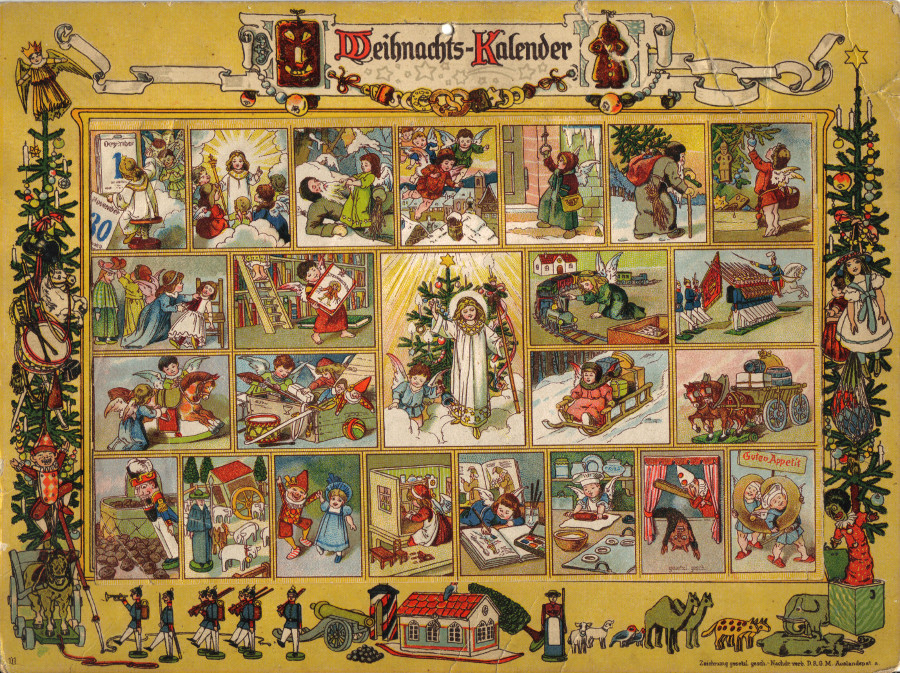
The products spread easily through Europe and to the United States, though with each world war production of printed calendars was halted due to rationing. With the end of WW2, however, popularly shot up and has never ceased.
Living advent calendars
The living Advent calendar is a spin on the tradition that I think could be especially treasured this year. It involves neighbors organizing to each take a day to unveil a window display in the front of their home in the lead-up to Christmas. It is a community event that seems to be more common in England than in the United States, but I say we bring it across the pond and into our neighborhoods! Imagine the joy the could be spread during this trying year.
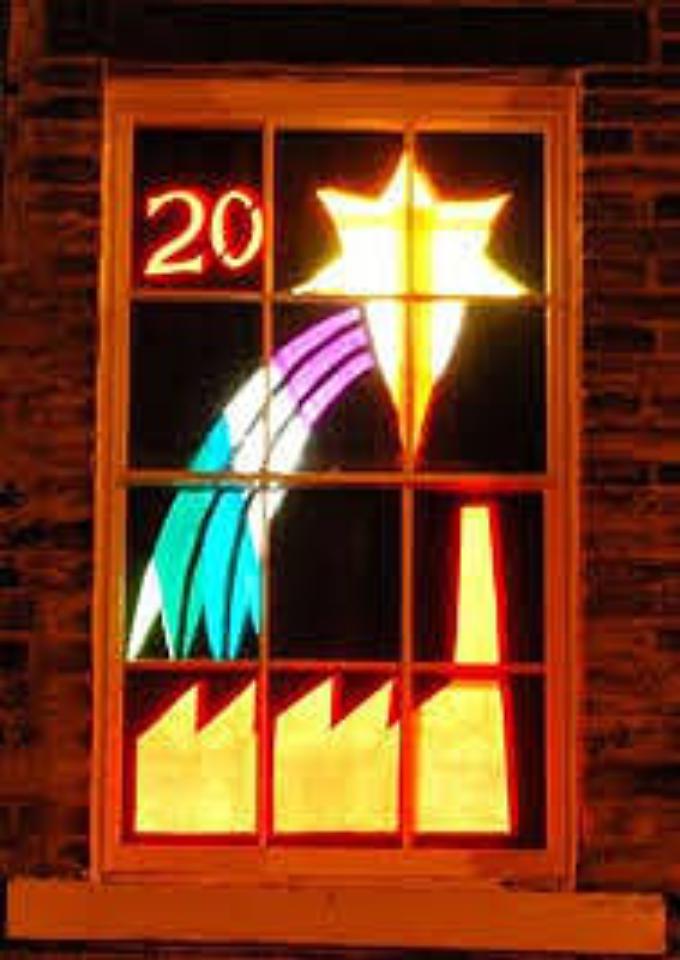
While I live in an apartment that is not fully appropriate for such an event, one thing that I am planning to do for my socially distanced Thanksgiving celebration is to make a bunch of homemade Christmas decorations and cards. I will be buying a bottle of fake snow and will plan to decorate my windows as a part of the fun.
Here is a helpful guide if you would like to start a new neighborhood tradition.
And here you can see how one North London neighborhood did it last year.
Virtual advent calendars
Another fun way to use the tradition of Advent calendars while also spreading an extra bit of joy this year is to put together a virtual Advent calendar.
This can be done in a number of ways, including simply sending your friends and family a different email each day, doing a special Instagram live each day, or signing up for one of the online services available for just this purpose.
Here are two that I have found so far:
Advent calendars with a twist
Each year seems to bring more and more creative Advent calendars to the market. Have you seen one that is particularly unusual or interesting? Here are some of my favorites:
Glow in the Dark Harrods Advent Calendar
Norman Rockwell Advent Calendar
DIOR Advent Calendar (it’s $460 but looks absolutely fabulous)
I have also come across some Advent calendars with very adult themes, but I will let you Google that if you’re curious!
I hope you have a fun countdown to Christmas this year and would love to hear about anything you are doing to make it extra special!
More reading on the history of Christmas:
5 Fun Facts About The Christmas Carol
Christmas and the Victorian Era: 5 Interesting Observations
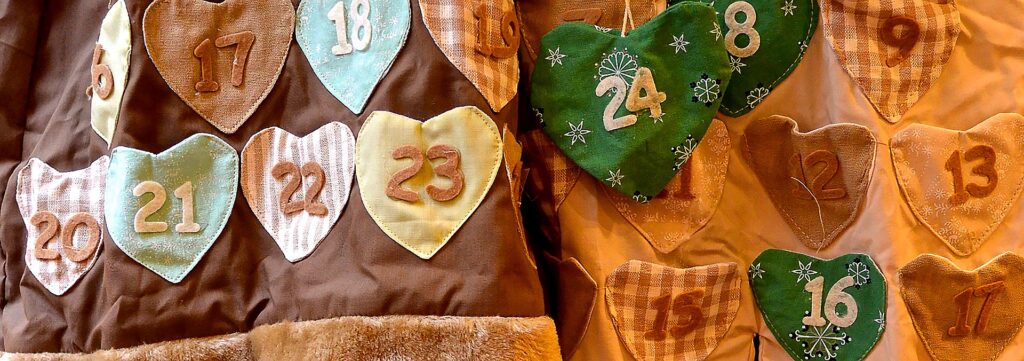

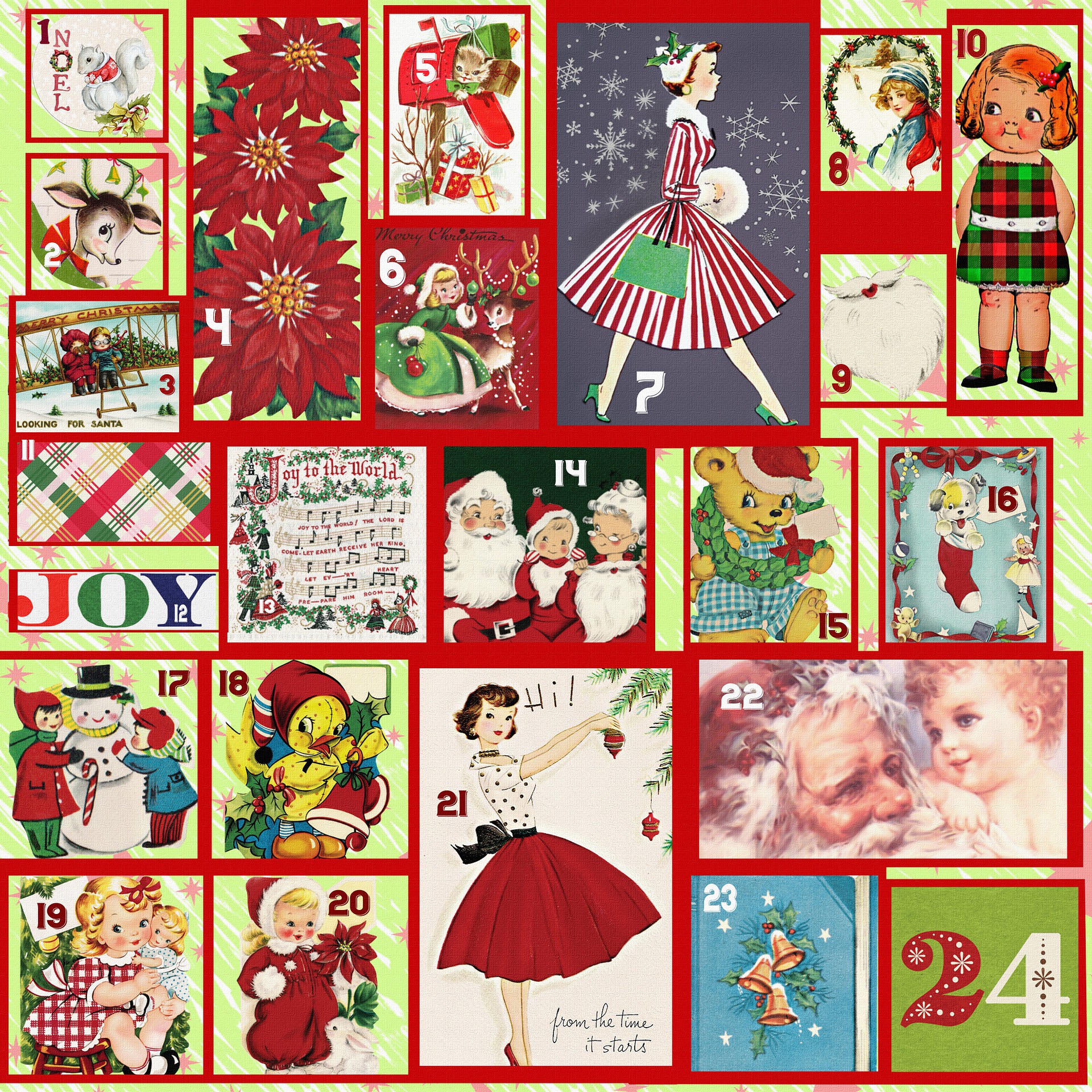



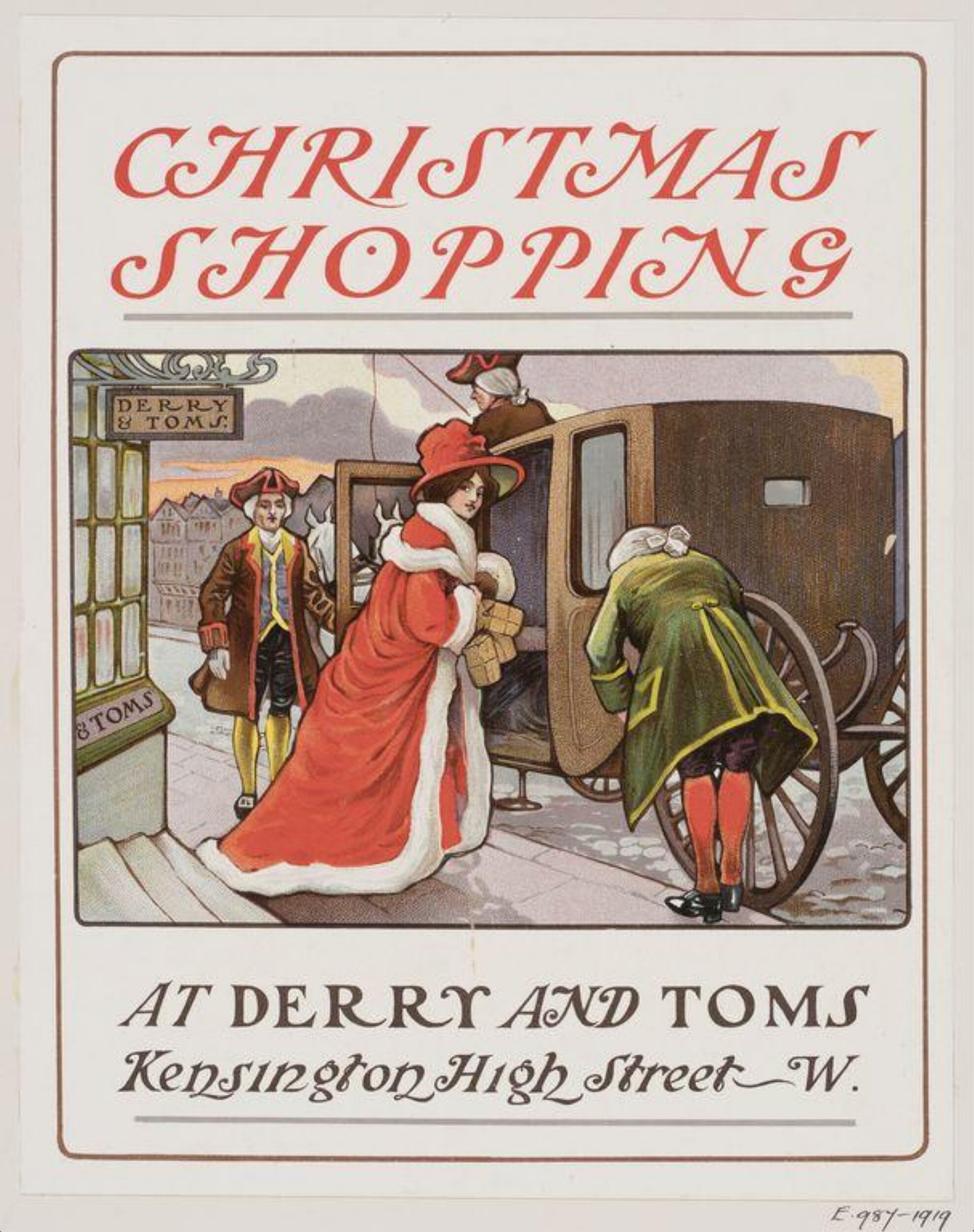
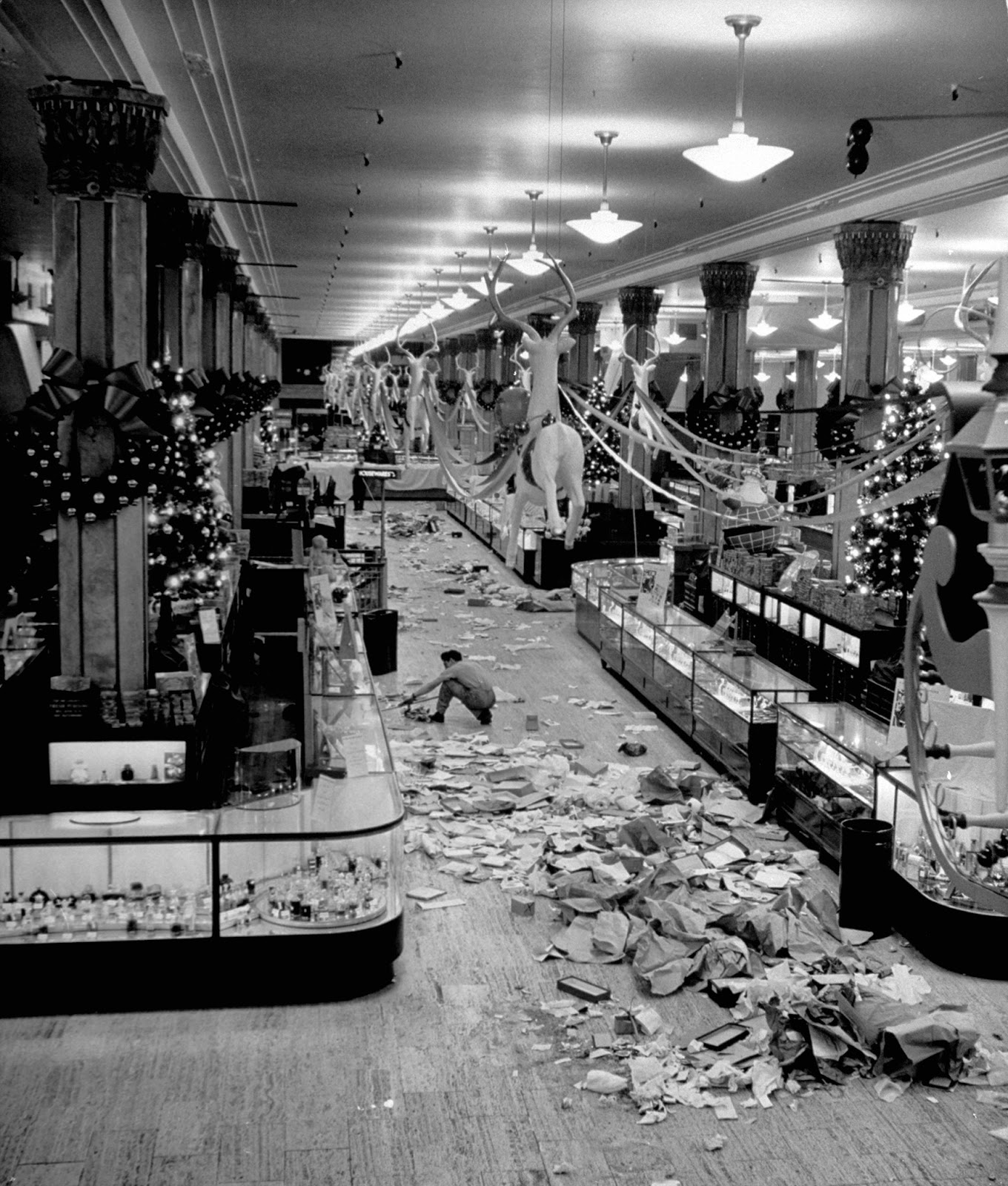
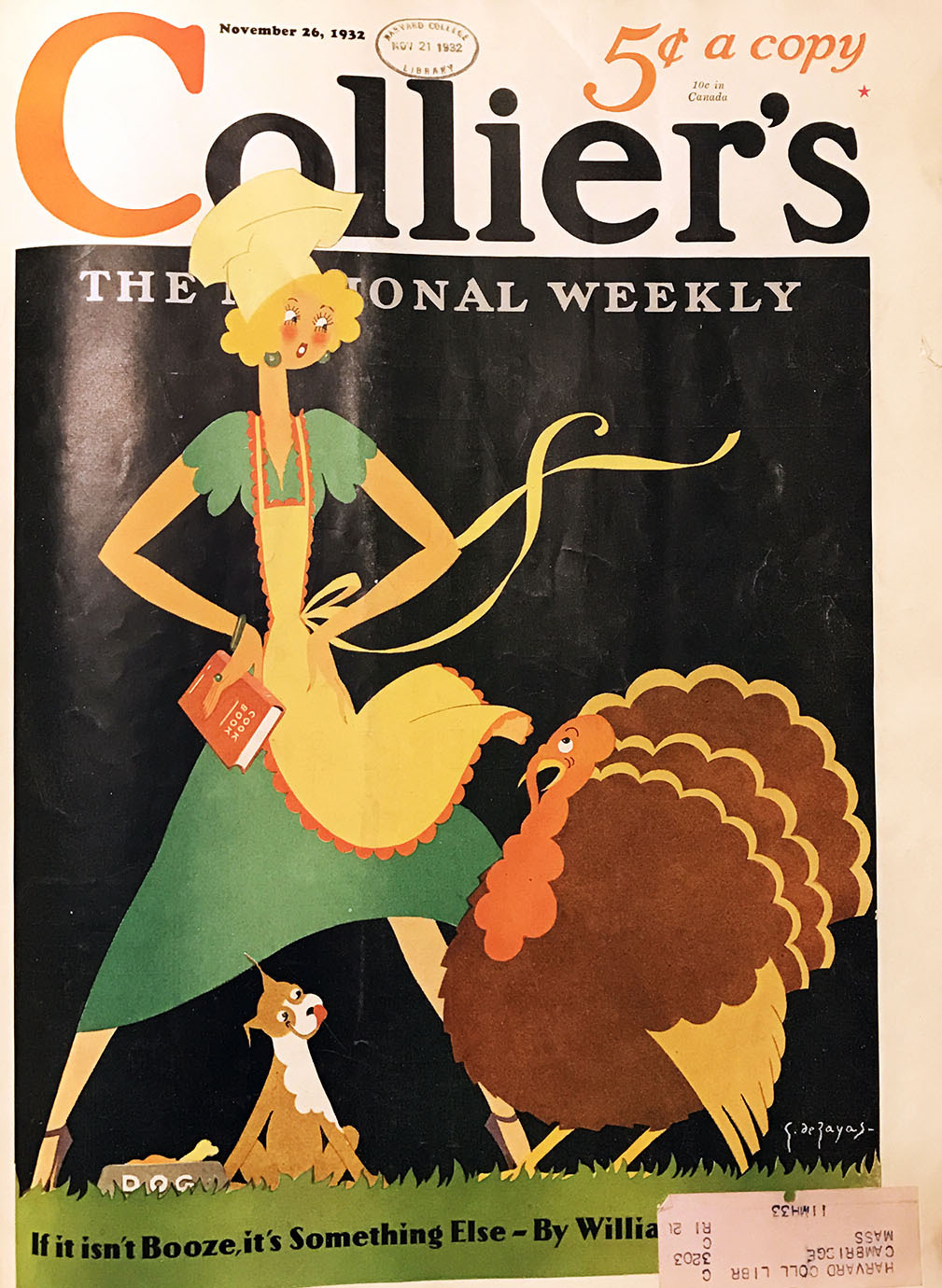
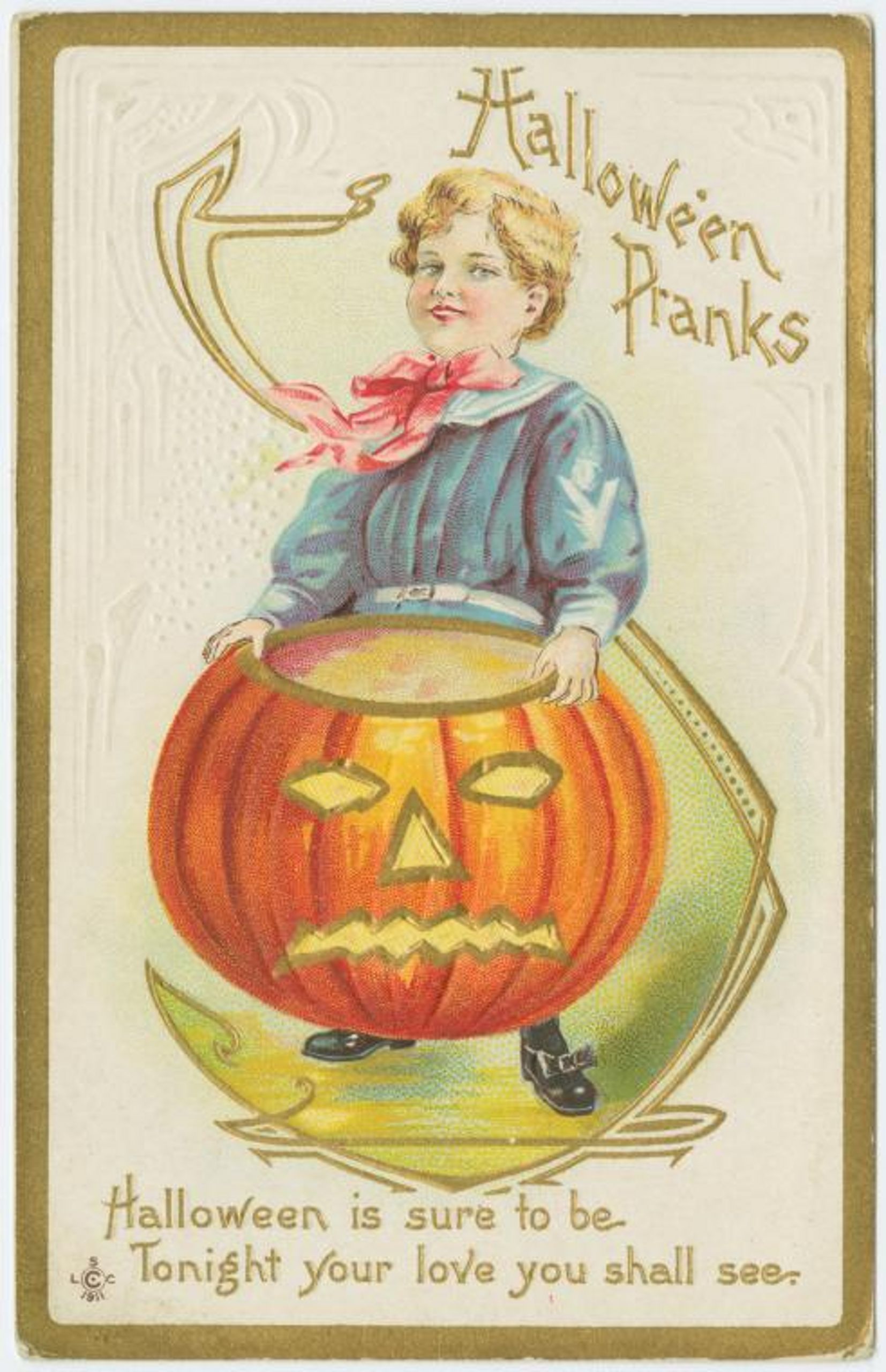
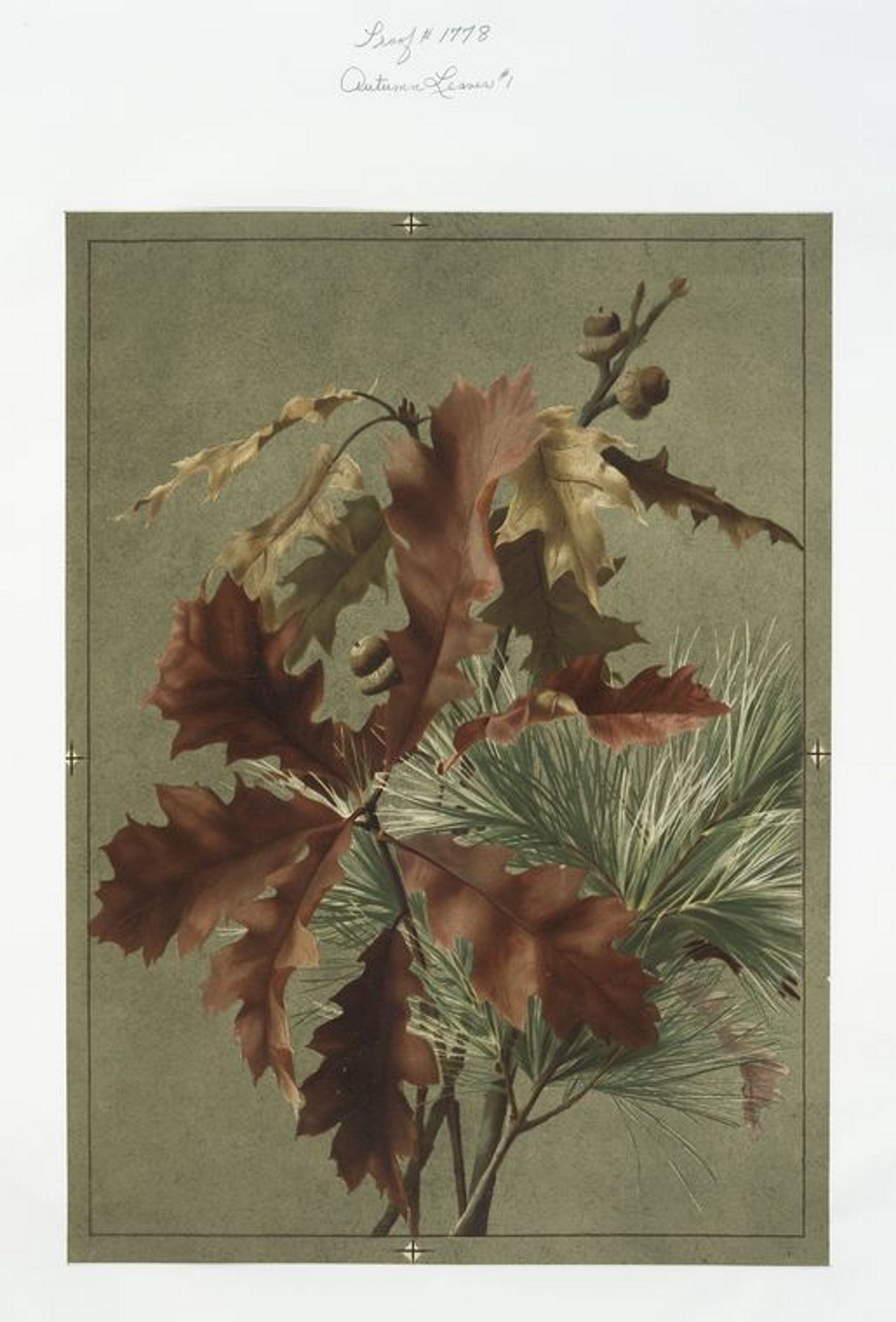
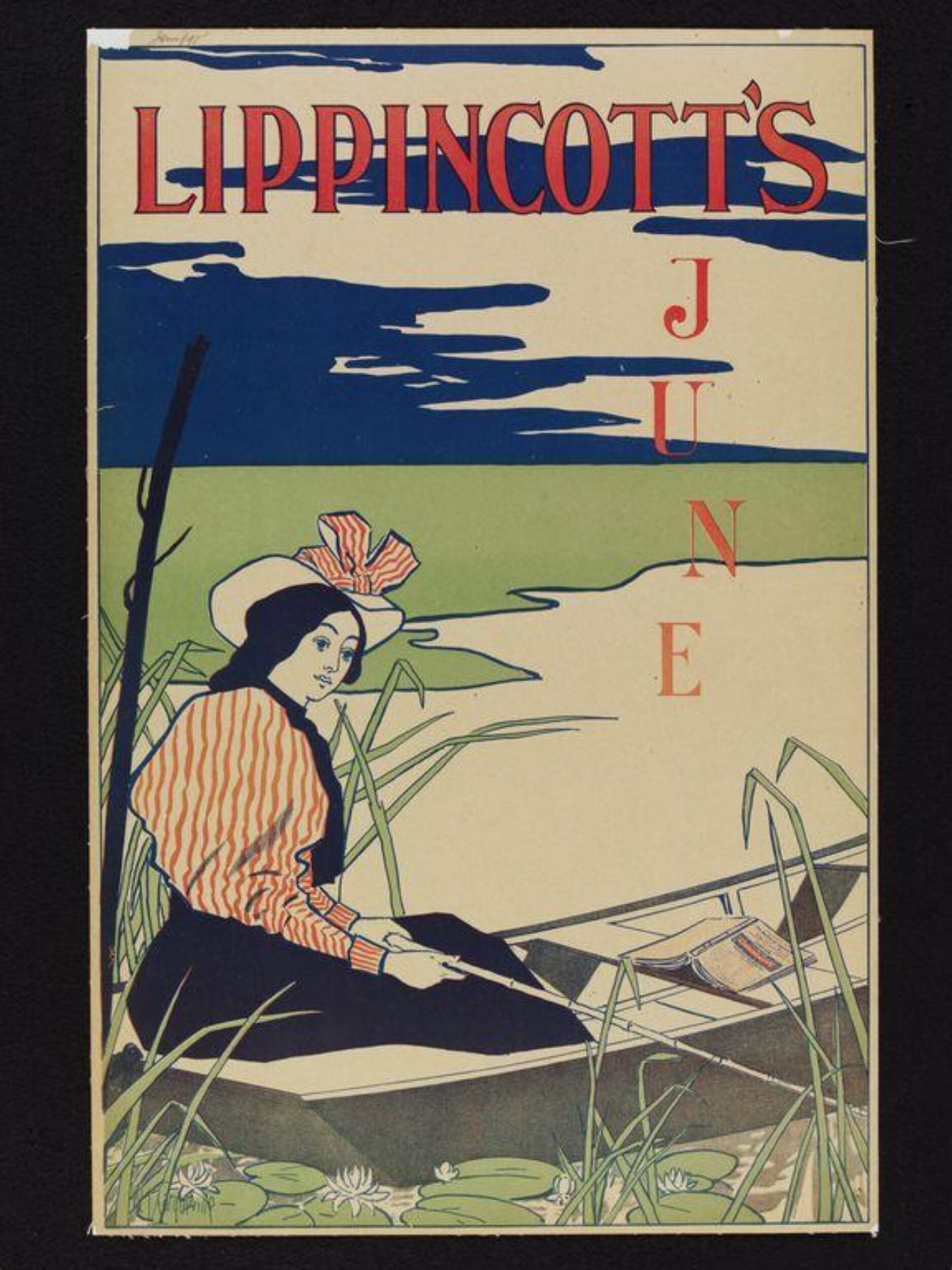


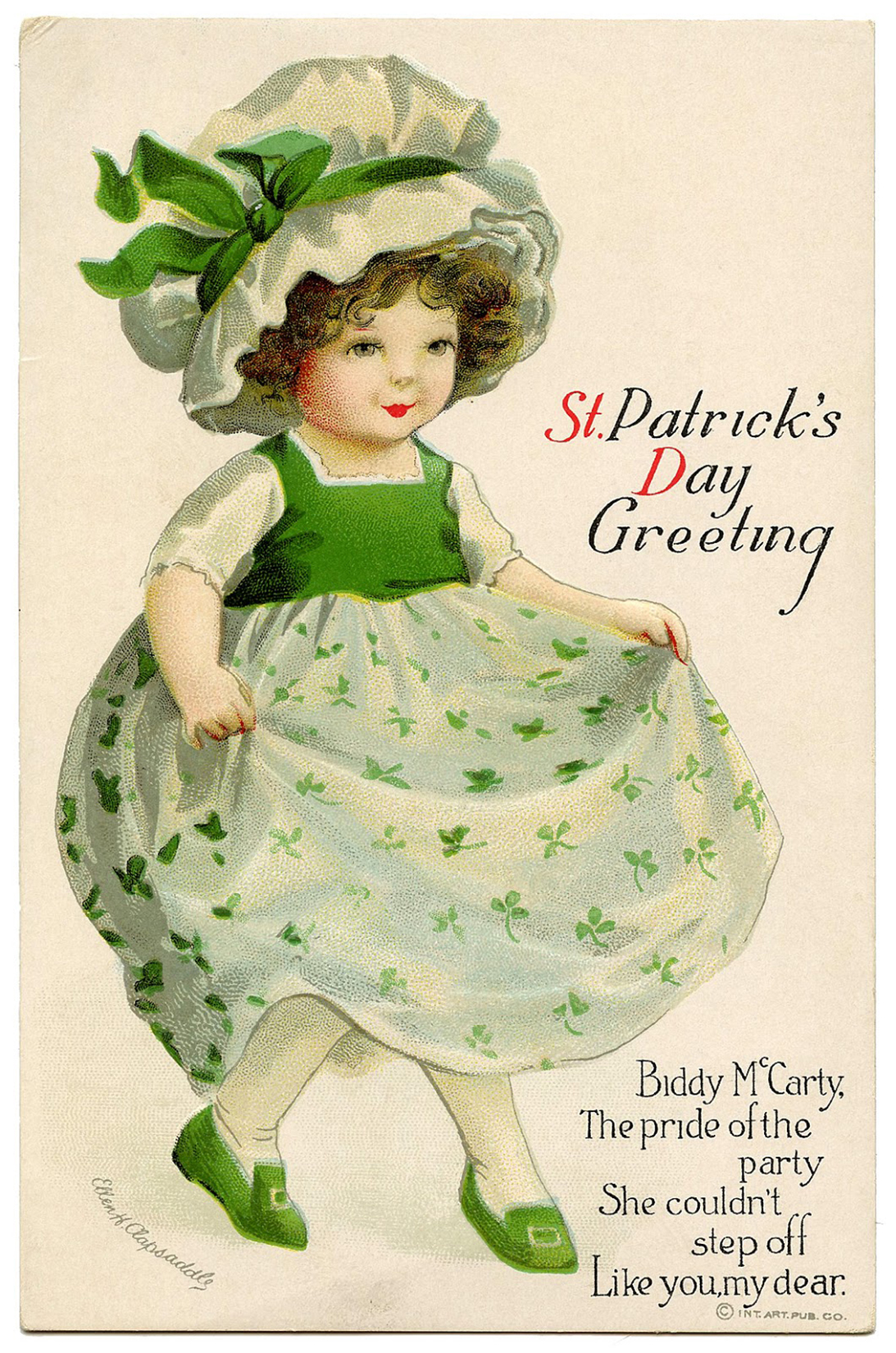
Thanks, Lorrie! What a unique interest you have!
I really enjoyed learning about the history of
Advent Calendars. The Living Advent Calendars
were so interesting! I had never heard of those.
I am Jewish, but I love secular Advent Calendars.
Our family celebrates both Hanukkah and
Christmas. I particularly love the calendars from
Iceland and Sweden. I find several online Advent
Calendars to follow every year. I have also made
several 3D wooden countdown calendars,
including some for other holidays.
I have Jacquie Lawson, 2020 Nordic Advent Calendar. “25 day’s of Scandinavian Christmas celebrations of Norway, Sweden, Finland, Iceland and Denmark. Games, amusements, Nordic Christmas traditions and music- as the pretty village scene gradually become more festive as Christmas approaches.”
I have a tea advent calendar!! I cant wait till the first!